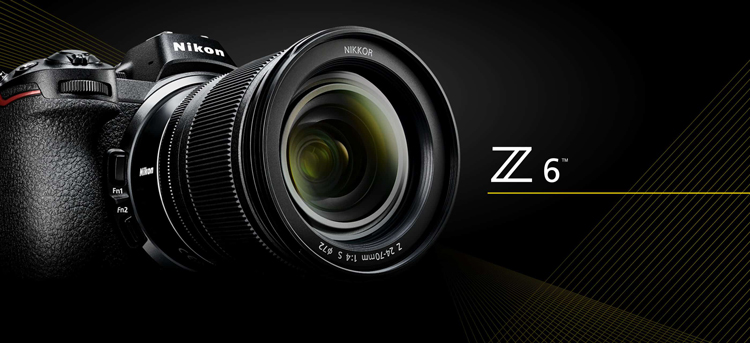
If you are looking for cameras to capture stunning photos, then you are at the right place. Investing in a camera is a big step and that’s why we have compiled a list of the best cameras for beginner and professional level photography. All the cameras are divided into 3 categories such as Entry-Level, Amateur-Level, & Professional for easy navigation.
Remember, getting the right camera for your photography is the beginning of your photography journey. That’s why we have included the 17 best cameras to take your photography to the next level. An expensive camera won’t make you an award-winning photographer, but learning how to get the best out of your camera, will definitely set you apart from the crowd.
Entry-Level DSLR Cameras
There are two main cameras that are often recommended for new photographers. These are the Canon Rebel T7, and Nikon D3500 cameras. They’re small, lightweight, and powerful cameras that are a major step up from mobile phone, or point and shoot cameras. These cameras both allow photographers to change lenses 64 and shoot in Raw formats, making them the stepping stone for photographers who want to take their photos to the next level in Lightroom and Photoshop.
They also both have APS-C sensors, which are smaller than full frame, but still capture plenty of detail. The major benefit of these cameras is that they can use both the cheaper entry-level lenses as well as the pro-lense lineups. This means over time, you can invest in professional-quality glass. Both the Canon and Nikon entry-level cameras are similar, and neither one is particularly better than the other. However, this decision usually does affect which cameras you invest in long term.
1. Canon Rebel T7 With Kit Lens
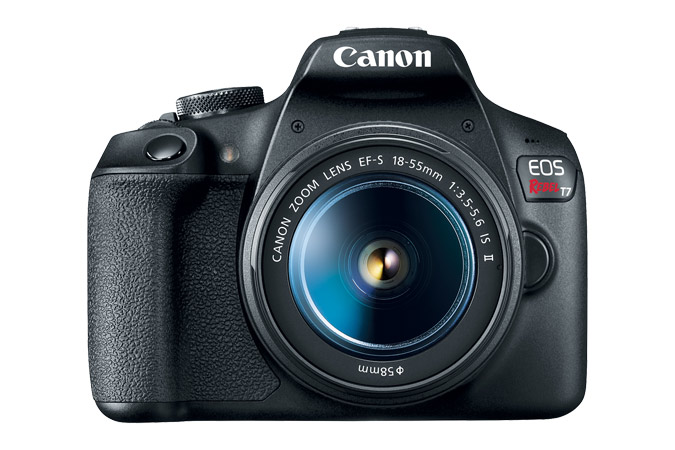
Canon Rebel T7 with kit lens: Canon’s all-around camera designed specifically for DSLR beginners. It’s a full-featured 24.1-megapixel camera with a 14-bit APS-C sensor that shoots 5fps continuously. This is a great camera for anyone who’s new to digital photography, because it is simple, lightweight, and user friendly. The camera can be used with any professional EF or EF-S lenses in Canon’s lineup, and is perfectly capable of taking professional-quality images.
2. Nikon D3500 With Kit Lens
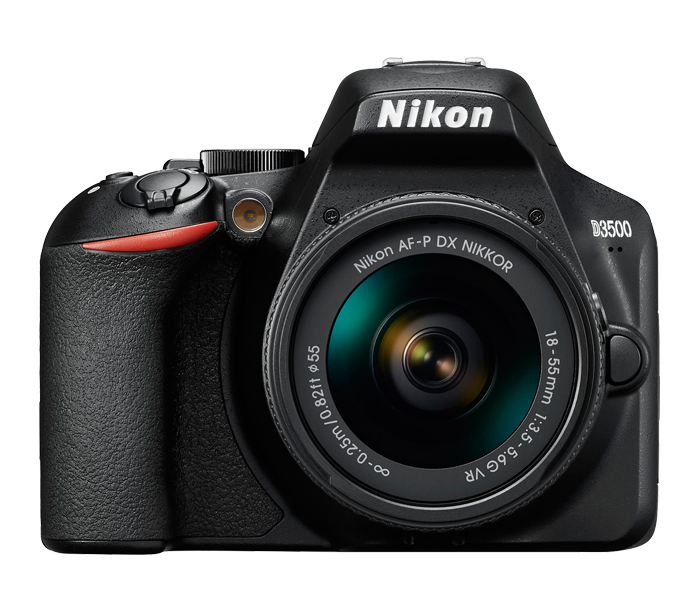
The Nikon D3500 is about $100-$200 more than the Canon camera with a similar kit. The Nikon entry-level camera has a 12-bit, 24.2 megapixel sensor, and offers spot metering — the metering method used by professionals to get the right exposure for a specific part of the image. The Nikon also benefits from having 11 focus points compared with Canon’s 9, and by having a slightly larger sensor that collects more light.
Canon Rebel SL3
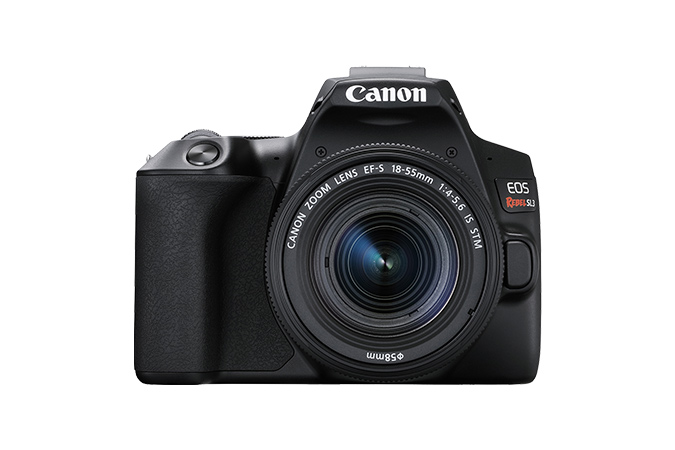
Canon’s entry-level camera designed for video recording. The camera contains digital image stabilization, and extra inputs for microphones and other accessories needed for professional video recording. 24 megapixel sensor, with 4K 24fps video capability, and 7 fps continuous shooting. It is easy to carry and hold all thanks to the body of the camera. 9 point-AF is not that bad but this camera has a lot to offer to beginners in low a budget category!
Entry-Level Mirrorless Cameras
The mirrorless wars have created two incredible, low-priced cameras that are perfect for landscape photography. Both of these cameras come in at $900, making them the cheapest pro-grade mirrorless cameras on the market. But each of them do have their own benefits and drawbacks.
3. Canon EOS RP
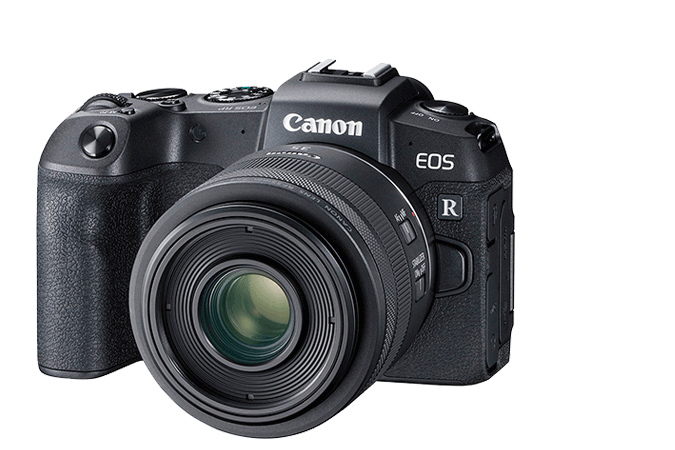
This full-frame mirrorless camera is one of the best deals in photography. It’ll allow you to get into the professional systems at less than half the cost of the other cameras. The only drawback is that the autofocus system is not great, it only has one SD card slot, has a small battery and it only shoots 5 frames per second without autofocus.
It can also shoot 4K video, albeit with a heavy 1.5x crop, which will turn a 24mm lens into a 35mm view — a not insignificant change. Still, it allows users to use the top of the line lenses, and has great image quality. If you’re planning to do travel and landscape photography, I absolutely recommend this camera. But if you need to shoot sports, weddings, or wildlife, this camera will probably let you down.
4. Nikon Z50
Nikon’s response to the EOS RP. It has a crop sensor, but can shoot 11 fps (slower with autofocus) and 4K video without a crop. These specs are impressive compared to the EOS RP, but the crop sensor might be a turnoff for some photographers. This camera is great for users who already own a Nikon DSLR and have some lenses, which can be adapted to this system. At the moment, it is fairly limited in the DX lenses designed specifically for this mount, but that’s likely to change in the future.
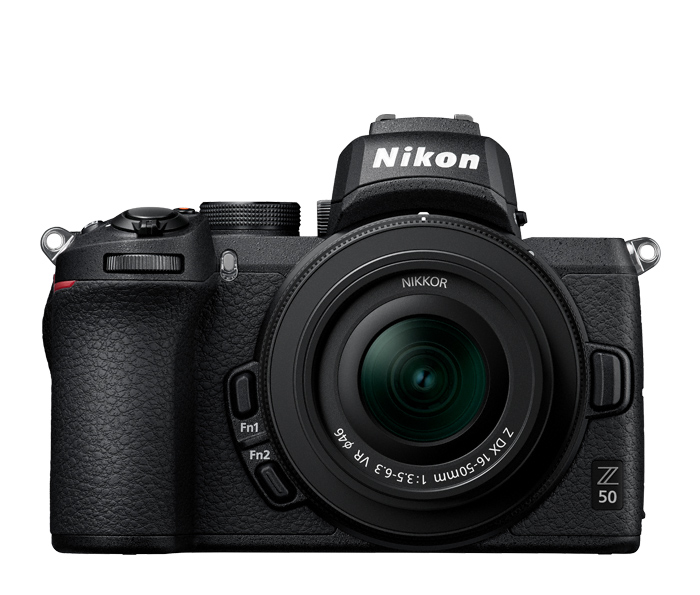
Nikon tends to have better sensors than Canon, but Nikon’s autofocus on mirrorless systems is not nearly as good yet. For landscape photography, the Nikon Z50 will be great for most users, because it is lightweight and will allow you to use the better, full-frame FX lenses and upgrade the body when this one starts to hold you back. If you want to take photos of wildlife, you’re still better off going for a DSLR camera, like a used Nikon D500 for a similar price.
Amateur Level DSLR APS-C Cameras
APS-C DSLR cameras are a bargain on the used market right now. For the prosumer market, I highly suggest picking up these cameras, because they provide benefits that other systems can’t right now. Going full frame does have its benefits, but many of the prosumer focused full-frame cameras can’t compete with the prosumer APS-C cameras in terms of autofocus, speed, and other features. APS-C cameras are perfect for new photographers who want to do wildlife, or action and sports photography.
The smaller sensors increase the focal length, turning a 400mm lens on Canon into a 640mm lens, or a 600mm lens on Nikon. And because the sensors typically have the same megapixels crammed into a smaller space as their full-frame equivalents, they’ll actually produce sharper images with more detail than those from cropping to the same distance on full frame.
Any drawback from using a smaller sensor on landscape photography is also quickly fixed by stacking images, or creating panoramas. As long as you have a good tripod, an APS-C camera will never hold you back. Here are my recommendations.
5. Canon 90D
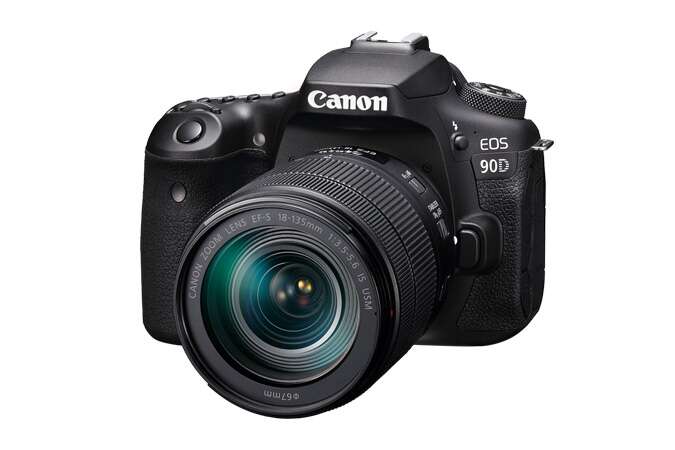
This is a great all-around camera. It has the highest megapixel count of any APS-C camera on the market with its 35mp sensor, and is capable of shooting video in 4K. Even if the sensor has a 1.6 crop factor, it still is an incredible performer that will be a major step up from the entry-level cameras on the list.
The camera also features face detection in the optical viewfinder, and can shoot up to 10 frames per second! The only downside of this camera is that it’s not weather sealed and only has a single memory card slot.
6. Canon 7D mkII
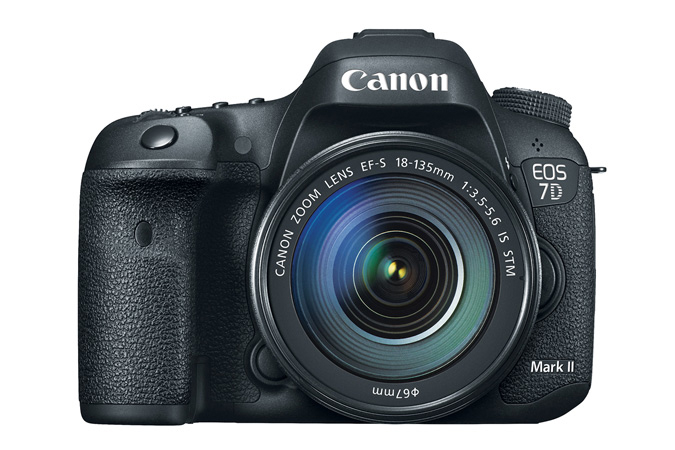
Canon’s professional APS-Ccamera. The Canon 7D is the only camera in canon’s professional line that can use both pro EF lenses andconsumer EF-S lenses. It does not have as high of a megapixel count, or the ability to shoot in 4k.
But the reason so many wildlife and sports photographers love this camera is because of it’s dual card slots, 10fps continuous shooting with incredible autofocus with 65 cross-type autofocus points, and the weather sealing. All of these features combined make this a fantastic prosumer camera for shooting in the backcountry, or in any circumstance where a rugged camera is required.
7. Nikon D500
Nikon’s answer to the 7D MkII. True to Nikon form, the Nikon D500 has the best APS-C sensor on the market. This camera also has a larger buffer, capable of collecting up to shoot continuously for 20 seconds without filling the buffer. The camera also features 153 autofocus points with 99 being the more accurate cross-type points, and the ability to shoot 4k!
In many ways, the Nikon D500 will beat the Canon 7D MkII.
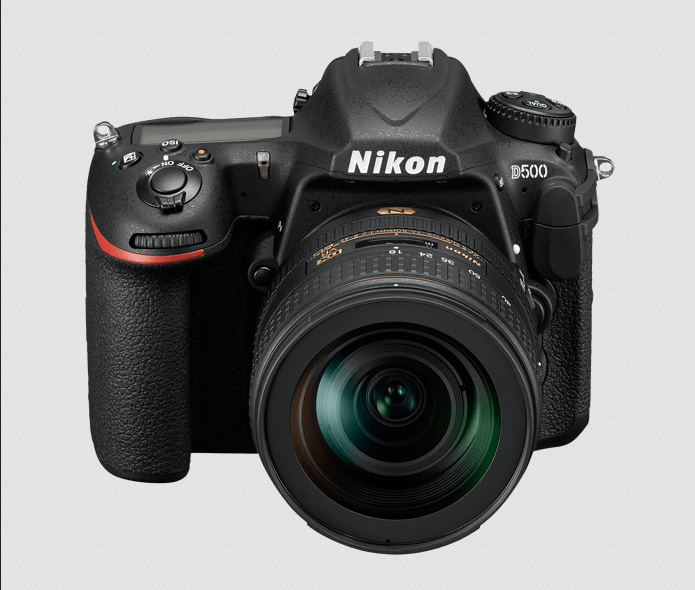
But, those differences are small in terms of real world shooting. For most photographers, the choice comes down to which lenses you want to buy, and where you want to go in the future. Canon typically has better and cheaper lenses with more access to third party options, while Nikon has better camera specs and sensors, but are trailing behind significantly on the mirrorless market. Canon’s mirrorless cameras are currently performing far better than Nikon’s at the time of writing.
Amateur Level Mirroless Cameras
Mirrorless cameras are still on the expensive end for most photographers at this stage. If you have the money up front, these cameras can be a great entry into the mirrorless market. And they also all work very well with adaptors, allowing DSLR photographers looking for an upgrade a way to use their current lenses without needing to spend a lot of money on new equipment. Sony’s entry into the camera market has significantly driven down the price of camera bodies, leaving companies to make up their losses by increasing the prices of lenses. So if you’re in the market for one of these cameras, I’d highly suggest choosing one that you can use your current lenses with. Sony can easily adapt Canon lenses using an inexpensive Sigma adaptor, giving users the choice between Sony and Canon mirrorless cameras.
Nikon shooters should mostly stick with Nikon. The sensors are still better, and while their autofocus and other abilities
aren’t as strong as Canon or Sony yet, they’re very quickly catching up. The benefit of the mirrorless game is that most of these features get better with software updates, so a camera struggling to perform now can get significantly better 6 months down the line with a new software update.
8. SONY A7C
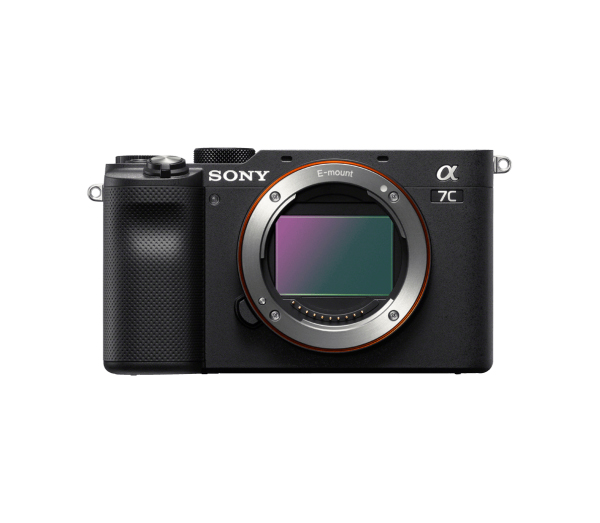
The A7c is Sony’s budget option for the A7III. The camera is virtually identical, although lacks a few key specs. For one, the camera can only shoot with a maximum shutter speed of 1/4000 of a second, and only has a single card slot. But the camera does have better battery life, and has the same stabilized sensor as the A7III. If you can live with the lack of a second card slot, this camera is a great way to save $200 while still getting the impressive specs of the A7III, which is the single camera that changed digital photography as we know it.
9. Nikon Z6
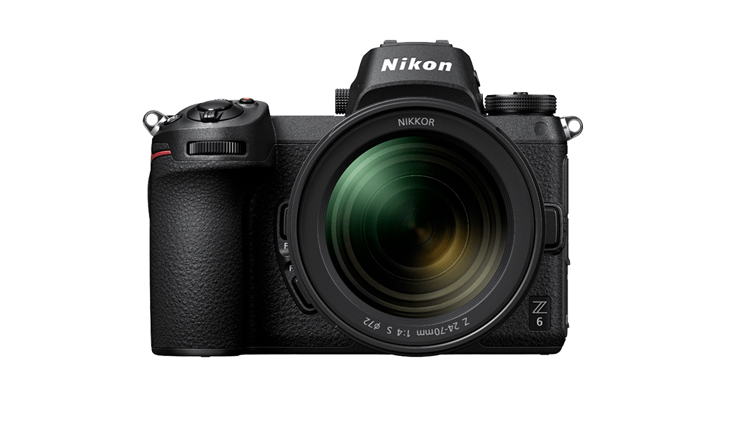
Nikon’s first forray into the mirrorless world. The camera boasts a 24.5MP full frame sensor, while shooting a continuous 12 frames per second. The downside of this camera over the cheaper Z5 is that the Z6 lacks dual card slots. Otherwise, it’s an all around better, faster, and lighter camera. The Z5 does lack some functionality in order to reduce the cost. But overall, the Z6 is still the better budget camera. Many of the hiccups that Nikon faced in the initial launch have been smoothed over with updates that have made this a fantastic choice for anyone already invested in the Nikon ecosystem.
10. Canon EOS R
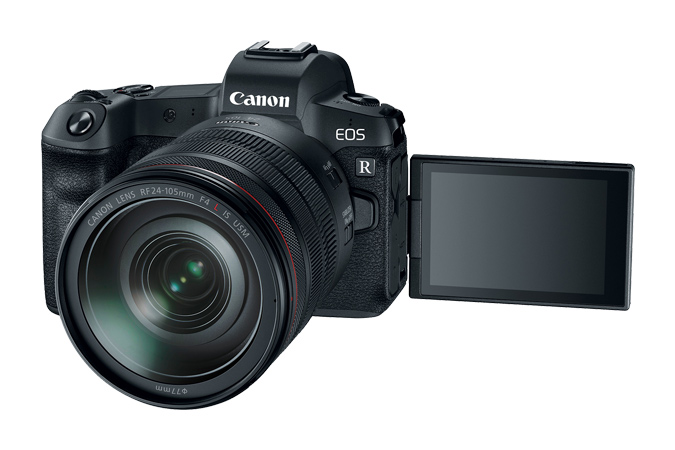
The Canon EOS R is basically a Canon 5D MkIV crammed into a smaller, cheaper body. Canon has come a long way with this camera since the initial launch as well. Autofocus is quicker, and new features are added or improved with every single update.
If you want to get started in the Mirrorless camera world, the EOS R is a great camera to work with. It can easily be adapted to older Canon Ef lenses, which opens an entire world of cheap, high-quality glass if you’re not ready to pay for the expensive Canon R lenses.
Professional Level DSLR Cameras
11. Nikon D850
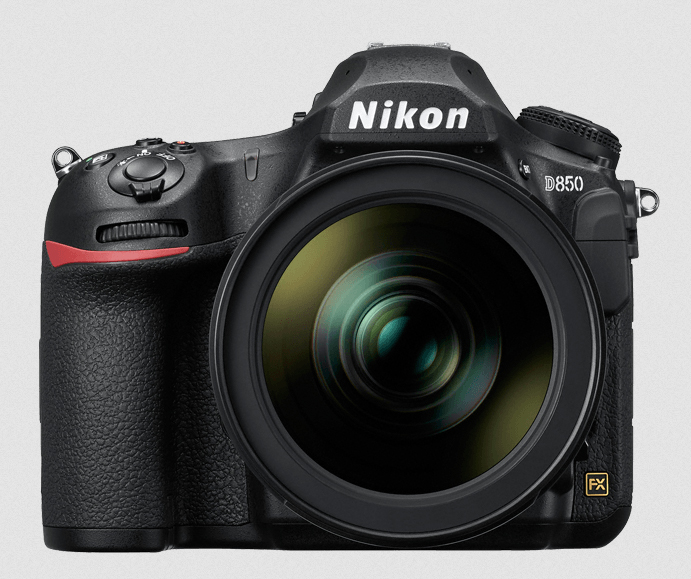
This is the top of the line DSLR. The Nikon D850 has the best dynamic range and the highest megapixel count in the industry. Rugged, weatherproofed design with dual memory card slots, 14.8EV dynamic range, 7fps continuous shutter, and 45.7 megapixels.
It is still considered to have one of the top three sensors ever created, and it was the first camera sensor to ever score a 100 by DxOMark. To this day, it is only matched by the Sony A7r III. The D850’s sensor is so good, it competes with medium format camera sensors, which are much larger than full frame.
This is the best deal on the market, and the perfect, all around camera for landscape and wildlife photographers. No other camera can compete with the versatility of the D850, making it my top pick.
12. Canon 5D MkIV
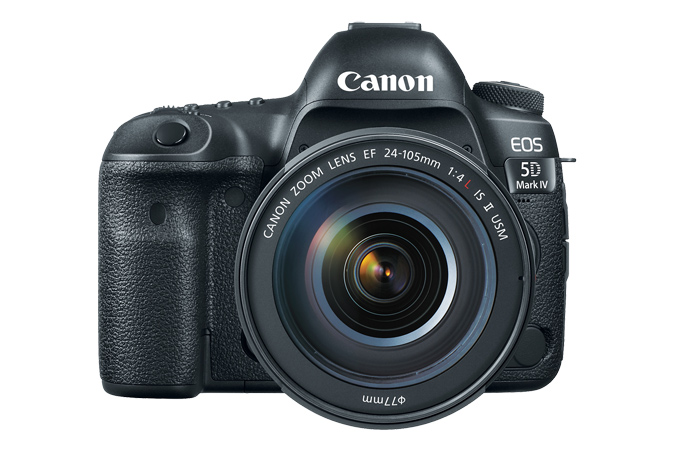
If you’re already in the Canon ecosystem, the 5D MkIV is the top pick. The Canon 5d MkIV is the professional standard. It’s all around professional camera body loved by landscape, wedding, sports, and wildlife photographers around the world. Dual memory card slots, weather sealing, 13.6EV dynamic range, 7 fps continuous shooting, and a 30.4 Megapixel sensor make this camera my second top pick for landscape photographers.
Professional Level Mirrorless Cameras
13. Sony a7R IV
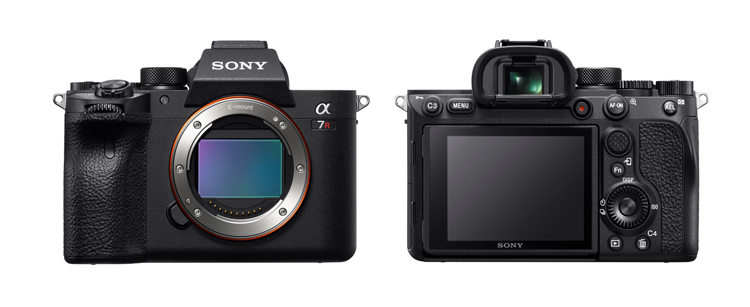
Sony’s top of the line camera aimed at professionals who need to get the most resolution out of their cameras. This mirrorless camera currently has the largest megapixel sensor on the full frame market, sitting in at 61 effective megapixels. While also offering class leading dynamic range at 14.8EVs and 26-bit of color depth. It also offers in-body sensor stabilization, and the ability to shoot 4k30.
14. Canon EOS R5
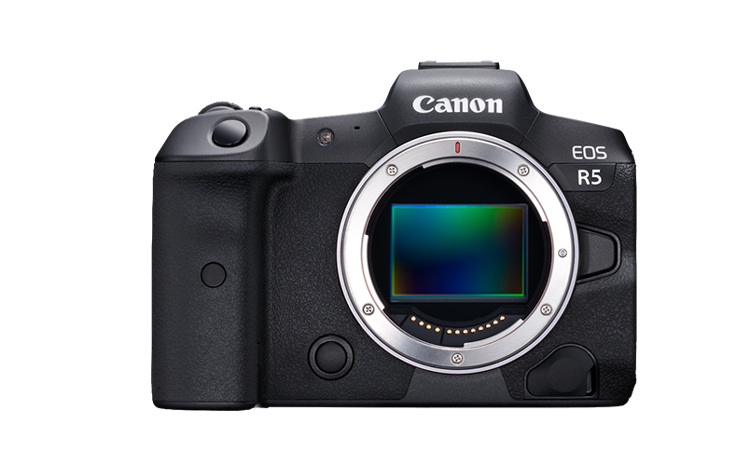
Canon’s high-megapixel breakout camera. The EOS R5 shoots 45 megapixel stills, and is Canon’s first camera to shoot 8K30. Canon’s sensor comes in with a respectably 14.6 EVs of dynamic range, and 25.3 bits color depth, making it sit just slightly behind Nikon. This camera has more than enough features for landscape photography, and will also be an incredible option for wildlife and birds in flight thanks to Canon’s top of the line autofocus systems and incredibly sharp lenses.
15. Nikon Z7II
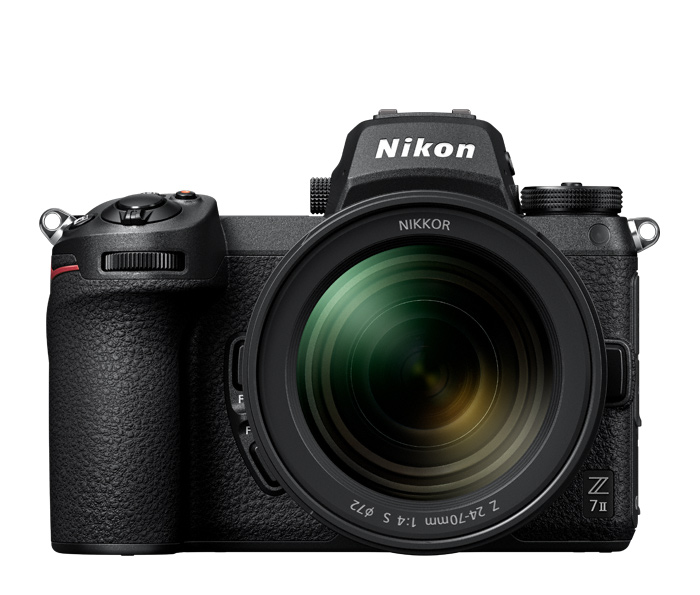
Nikon’s answer to the Canon EOS R5. $1,000 cheaper for a very similar setup. As always, Nikon’s sensor technology blows the other brands out of the water, capturing 14.7EV of dynamic range and 26.3 bits of color depth of it’s 45.7 megapixel sensor. The Nikon camera is the perfect option for anyone looking to get the absolute maximum image quality, and it currently sits at the most attractive price of the bunch. True to Nikon form, this is the best full frame sensor on the market, achieving the highest combined scores for dynamic range, color depth, and ISO performance.
It’s also the cheapest camera body in its class, making it a very attractive system for professional photographers entering into the mirrorless world. 45.7 megapixel sensor with in-body 5-axis stabilization, 493 phase-detect autofocus points, shooting 10fps, 4k60, and has dual memory card slots.
16. Fujifilm GFX 100

Fuji’s best medium format camera, and one of the top contenders on the market. This camera features an incredibly large, 102 megapixel sensor capable of capturing more light than any other camera on the market. The larger sensor size makes for larger pixels that record more light with less noise than smaller sensors with equivalent megapixels, making images sharper and more flexible in post processing. These cameras are designed for landscape and product photographers who need the maximum details in every image. The GFX 100 includes 5-axis image stabilization, 3.76 million autofocus points, while shooting at 5fps and 4K30.
17. Fuji GFX 50s
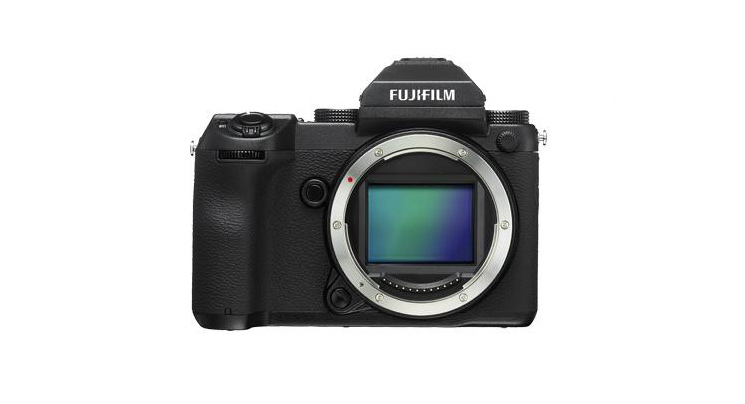
The GFX 50s is a more budget friendly medium format camera built for those who need the maximum performance out of their pixels. The camera is designed for landscape, portraiture, and product photography, with it’s stunningly large sensor capable of capturing far more light than full frame. The camera has a 51.4 megapixel sensor, shootings 3fps, and 1080p30 video. It’s a medium budget camera with tilting screen, and can capture more lights making it a best choice in low lighting conditions.
Thanks for making it this far and I hope might have picked a winner according to your photography need. Remember, getting a camera is just the beginning, if you want to set apart yourself from the crowd then it takes a lot more than just choosing the best camera. Let me know if you have questions below.

Leave a Reply